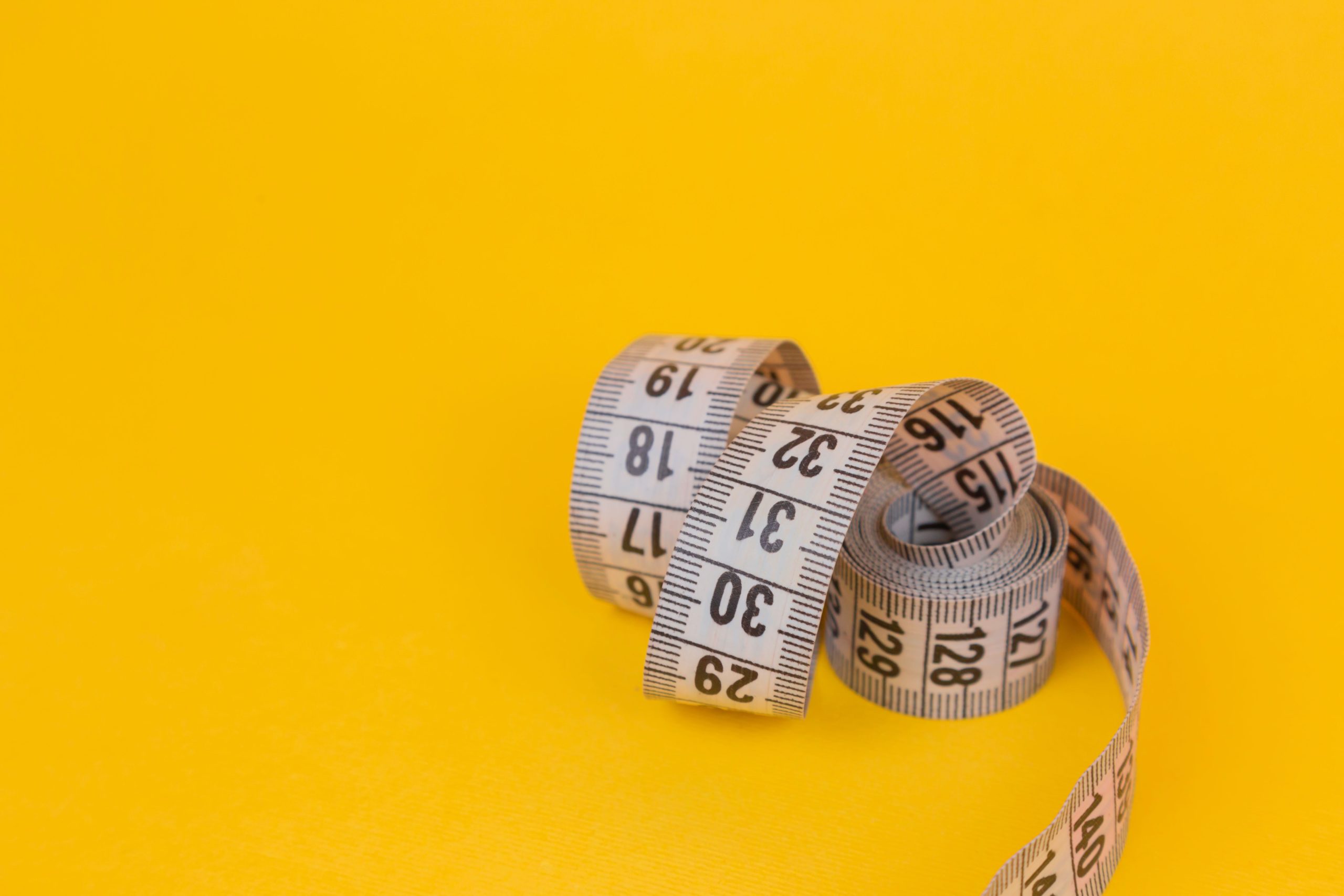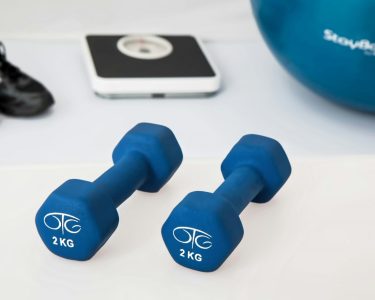Are you struggling to determine whether or not you’re in good shape? Do you find yourself wondering how healthy your body really is? The truth is, it can be difficult to know where you stand without proper assessment. But don’t worry – there are simple at-home fitness tests that can help! In this blog post, we’ll explore various ways to assess your health and fitness levels from the comfort of your own home. So sit back, grab a pen and paper, and get ready to discover if you’re fit or flabby!
What are At-Home Fitness Tests?
There are a number of ways to assess your fitness level at home, and all have their own benefits. One popular type of test is the Body Mass Index (BMI), which use your weight and height to calculate your body fat percentage. But what are other at-home fitness tests? Here are four examples:
1) The Chair Dip Test: To assess your cardiovascular fitness, you can do a chair dip test. Start by sitting in a comfortable position with feet flat on the floor, then press off the floor and lower yourself slowly until your chest nearly touches the seat. Touch your hands back to the floor and repeat. Your score is based on how many reps you can complete in 10 seconds.
2) The Rowing Machine Test: This test measures your endurance by testing how long you can row on an ergometer before giving up. Set the machine to its highest resistance setting and begin rowing as quickly as possible for 30 seconds. When you’ve completed the 30 seconds, rest for two minutes, then continue rowing for another 30 seconds. Your time is averaged over three trials.
3) The Step Test: This test measures your balance and coordination by having you walk on a platform with measured distances between steps. Start by standing on one end of the platform, then take small steps forward until your foot leaves the ground—don’t jump! Once you’ve reached the other end of the platform, make sure to walk back to
How to Perform an At-Home Fitness Test
If you want to get your fitness on track, but feel like you just don’t have the time to go to a gym, there are plenty of at-home fitness tests that can help you assess your health. There are four different types of at-home fitness tests that you can perform to determine whether or not you’re fit: the Body Fat Test, the Muscle Test, the Cardio Test, and the Balance Test.
To perform the Body Fat Test, simply measure your waist circumference with a measuring tape and subtract your measurement from 100. The closer your number is to 25, the more body fat you have. To perform the Muscle Test, use a weight resistance band and lift as many weights as possible for 3 seconds. The heavier the weight, the more muscle mass you have. To perform the Cardio Test, run on an incline for 2000 feet and then take a 15-minute walk back down. The higher your heart rate after running, the more cardio conditioning you have. To perform the Balance Test, stand on one foot with an object in hand for 30 seconds. If you lose balance or fall over during this time period, it means that you lack balance and need to work on improving your stability through exercises such as Pilates or yoga.
These tests are great ways to get a snapshot of your current fitness level and see if there’s anything that needs improvement. If everything looks good on paper but you still don’t feel confident about how fit you are
What to Expect from an At-Home Fitness Test
After a long day at work, you may be tempted to skip your workout and take a relaxing bath instead. But if you want to stay fit, there’s no time like the present to take an at-home fitness test.
There are many different types of tests you can do at home in order to assess your health. The most common tests are those that measure your body composition. This includes things like measuring your weight, waist circumference, and chest circumference. Other types of tests might measure how active you are or how well you sleep.
All of these tests can help you figure out where you need to make changes in your lifestyle in order to improve your overall health. If you’re not currently doing any kind of physical activity, taking an at-home fitness test can help you identify which type of activity would be best for you. And even if you’re already active, taking an at-home fitness test can give you new insights into how your current routine is working for you and what adjustments might be necessary.
So whether it’s determining if your weight is too high or if your sedentary lifestyle is causing problems with your sleep, an at-home fitness test can provide valuable information that will help improve your health and wellbeing.
How to Interpret the Results of an At-Home Fitness Test
If you’re looking to assess your fitness level, there are a number of at-home tests you can take to get an accurate reading.
One test commonly used to assess cardiovascular health is the 12-minute walk test. To perform this test, start by warming up by walking slowly and steadily for five minutes. After that, walk briskly for 12 minutes, stopping every two minutes to take a short break and then resume walking.
To measure muscular strength, perform the shoulder press test. This test measures the maximum amount of weight you can lift with your shoulder muscles. Place a heavy weight on the center of your trapezius muscle (a muscle located just above your neck), and press it away from your body with arms straight. Keep your back pressed against the bench while keeping your head, shoulders, and arms stationary. Hold the weight for two seconds, and then release it. Repeat three times on each side.
To measure flexibility, try the Sit-and-reach test. Sit in a chair with feet flat on the floor and hands resting on thighs. Reach as high as possible towards one foot without bending either knee or hips and hold for two seconds before lowering arms to original position. Repeat 20 times on each side.”
Conclusion
There are a variety of fitness tests that you can do at home to help assess your health and determine where you might need to make alterations in your exercise routine. These tests will help you identify areas where you may be fit or flabby, which can then provide insight as to what modifications you may need to make in order to improve your overall health and well-being.




